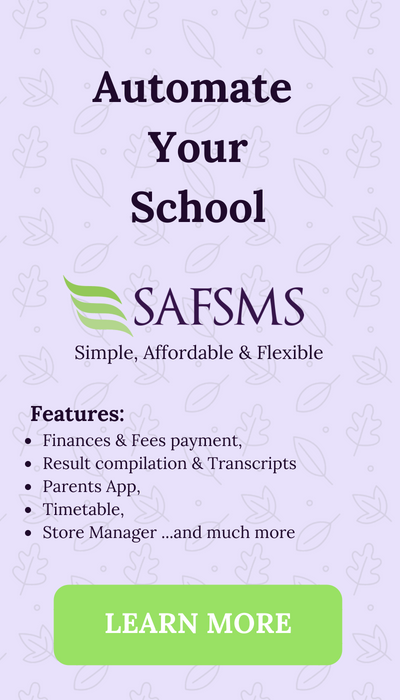Technology has revolutionized the way we teach and learn on a grand scale. Education Technology, commonly known in education circles as Edtech, offers teachers new ways to engage their students with instructional videos and interactive games that allow them to practice and learn on the go!
It’s no secret that schools constantly seek new ways to engage students, but one-to-one technology programs have become a breakthrough. For example, a recent study from Harvard Graduate School of Education found an increased student engagement by 100%.
What is more interesting? According to a survey conducted, 75 percent of teachers reported an increased focus and concentration amongst students using digital tools for learning in class.
“The advances in technology are revolutionizing the future of education”,
and schools must keep up if they want a diverse student population to succeed. To achieve this, schools need tools for students with various learning styles, so everyone gets an equal opportunity at success.
Technology has changed drastically over time, and what was useful when texting on MSN Messenger may not apply to your cell phone today.
Schools are using Edtech in innovative ways to boost student achievement and create connections between classrooms, school administrators, and teachers. Here are six excellent examples that you can easily adopt today:
- Paperless Classrooms
Printing student results, countless time spent at the copy machine, and wasting paper are things of the past, thanks to edtech. Classrooms that have embraced digital bring about an easier way to grade assignments, compute student attendance, lessen the burden of safeguarding hundreds of homework files and promote an overall greener policy in the classroom.
2. Take your students on a Virtual Tour
Who doesn’t get excited about field trips? We all do. With technology in education, canceling trips due to logistical issues is gradually becoming a thing of the past. Additionally, a simulated virtual field trip with Google Cardboard can come in handy. Teach history by exploring historical places, studying the earth’s phenomena, visiting a foreign country, and a lot more, virtually. But, above all, engage your students and make them fall in love with the curriculum.
3. Gamification
They say to understand a complex concept, one has to learn by playing. This saying applies to most students. When you teach a complex concept in the form of games, it sets the foundation right.
For example, teaching students to type faster can be taught by playing typing games in the computer lab. Not only is it incredibly engaging for teaching students how to speed type, but it also invokes fun and excitement for the students.
Teachers can start by asking students to form pairs or groups and encourage them to collaborate while learning by playing. This method also encourages teamwork among students, which is an essential skill to grow in their careers.
4. Personalized Educational Experiences
Edtech creates opportunities for educators to design personalized learning plans for their students. This approach helps customize learning based on a student’s skills, strengths, and interests.
Using a video content tool also helps students learn at their own pace, and because students can pause and rewind lectures, these videos can help students fully grasp lessons. In addition, with analytics, teachers can see which students had trouble with specific lessons and offer further help on the subject.
5. Social Groups
Students spend so many hours on social media more than adults do. So introducing social media into the curriculum is among one of the most innovative ways to use technology in the classroom. Teachers can connect students to classroom resources, curriculum, and one another. Create a Facebook, Whatsapp, or Slack group specifically for your class to post and discuss topics.
Education is changing. As the world becomes technologically advanced, we must teach our children how to use these technologies appropriately.
This article has outlined some ways educators can incorporate educational technology into their schools for a better learning experience without compromising the security and privacy of students.
If you’re looking for advice on what to do with your school’s digital footprint, let us know!






